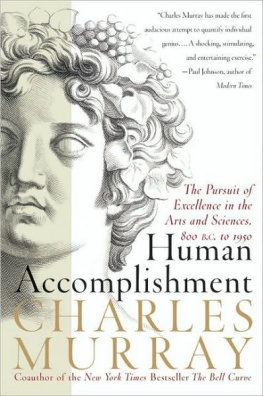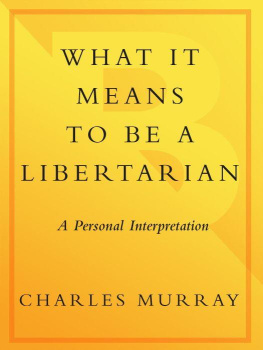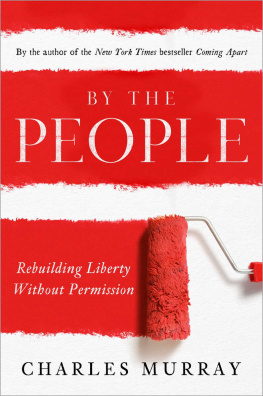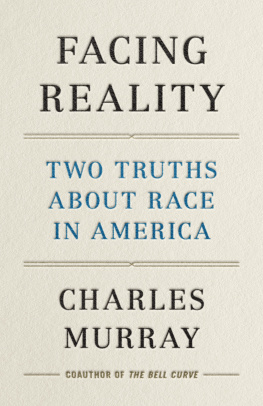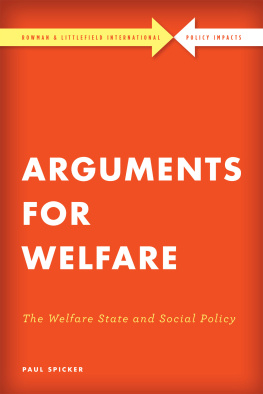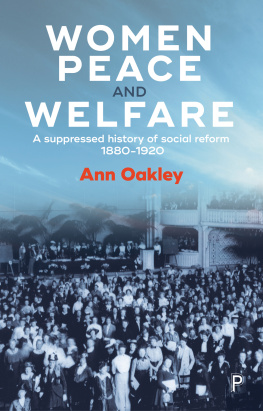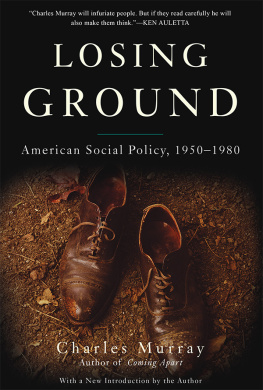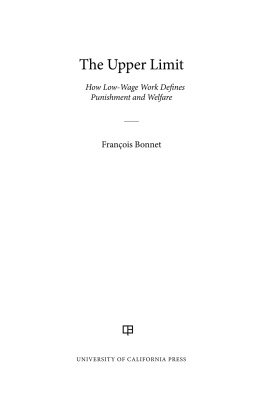THIS BOOK tries to do two things that are not quite mutually exclusive, but almost. It draws upon a varied and sometimes technical body of social science data; and it addresses a general audience. How does one be fair to the data (which often entail complications and ambiguities) and still present the material in a way that an intelligent but not obsessive reader can be asked to follow? This tension has shaped the presentation in important ways.
Part of the solution has been to write what amounts to a subtext in the notes for the chapters in parts II and III. The reader who so wishes may read the book from beginning to end without once referring to the notes and (I trust) come away with an accurate understanding of the argument and the evidence. But every so often the reader is also likely to stop short and want to take a closer look. The notes, some of which amount to small essays, have been written for such occasions.
Another part of the solution has been to rely heavily on basic trendline datagraphs of what happened, using widely understood and accepted measures, from 1950 to 1980. Often such data need to be supplemented with more specialized analyses; occasionally, the trendline by itself will be misleading. But the most straightforward data are generally also the best ones for beginning to understand what happened.
Finally, I have added an appendix that includes much of the raw data. It is intended for readers who want to examine the trends from other perspectives or who want to apply these fundamental indicators to other questions.
PREFACE
LOSING GROUND grew out of sixteen years of watching people who run social programs, and my first debt is to them. Whether they have been counseling inner-city students in Atlanta, trying to keep Chicago delinquents out of jail, or teaching prenatal care to Thai villagers, they have shared an uncommon energy and dedication. Over the years, however, I was struck by two things. First, the people who were doing the helping did not succeed nearly as often as they deserved to. Why, when their help was so obviously needed and competently provided, was it so often futile? In the instances when the help succeeded, what were the conditions that permitted success? Second, the relationship between the ways people were to be helped and the quality of their lives became increasingly confused. Clearly, certain minimums of physical well-being were critical. But once those had been met, it was just as clear that, among the many things that produce satisfaction, dignity, and happiness, few were purely economic. How did the goods that social programs dispense fit in with the noneconomic assets? Two and a half years ago, I set out to pursue these lines of inquiry more systematically.
Some months later, Joan Kennedy Taylor of the Manhattan Institute saw the potential for a book in a monograph I had written. She shepherded the work (and me) through to the end. William Hammett, president of the Manhattan Institute, took a chance and decided to use the foundations resources to underwrite the effort. Without them, the book would not have been written.
I relied principally on the collections at the Library of Congress and the Bureau of the Census. The people who helped at both places are too numerous to list individually. At the Bureau of the Census, special thanks go to Bruce Chapman, then director, who took a heartening interest throughout the work. My thanks also go to Gordon Green of the Population Division and Carol Fendler of the Poverty Statistics Section, whose expertise made my job much easier. At the Federal Bureau of Investigation, Ken Candell oversaw the special computer runs I needed. At the Office of Family Assistance, Ken Lee, Laurence Love, Michael deMaar, Howard Rolston, and Jo Anne Ross patiently led me through the complicated history of the Aid to Families with Dependent Children (AFDC) program. Many others whose names I do not know in the libraries of the Bureau of Labor Statistics, the National Institute of Education, the National Institute of Justice, and the National Center for Health Statistics took time to answer my questions and look up elusive documents. The custodians of the federal data bases are extraordinarily ready to go out of their way to help the anonymous researcher, and I am grateful to them all.
Donald A. Cook, who was involved in the earliest planning for the War on Poverty, provided an extremely helpful commentary on my account of that period. Robert Krug and Norman Gold, longtime colleagues and veterans of the Office of Economic Opportunity, brought their experience to bear on the discussions of the job training and educational innovations of the reform period and thereafter. Others who read parts or all of the manuscript and provided invaluable criticisms were Paul Schwarz, mentor and friend for many years at the American Institutes for Research; Irving Kristol, whose encouragement came at just the right moment; and Michael Horowitz, of the Office of Management and Budget, who sees a common purpose in his civil rights work in Mississippi in the 1960s and in his efforts to cut social programs in the 1980s.
In an earlier phase of the work that led to the book, Burton Pines of the Heritage Foundation first gave me the chance to concentrate my thinking on why it is that we could have spent so much money and have bought so little. Sheldon Danziger at the Institute for Research on Poverty was always ready to talk over my questions and provide me with materials from the Institutes ongoing work. At Basic Books, Martin Kessler understood exactly what I was trying to accomplish and reminded me of it when necessary, and Nina Gunzenhauser was a meticulous, occasionally inspiring, copy editor. Together, they have improved the book immeasurably.


